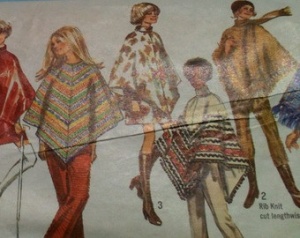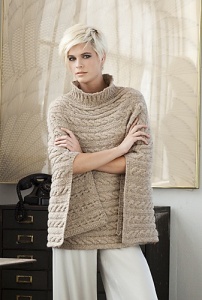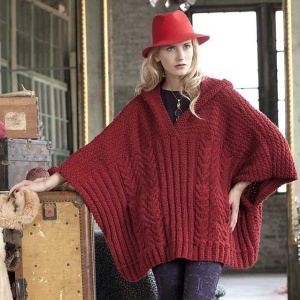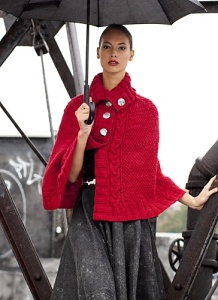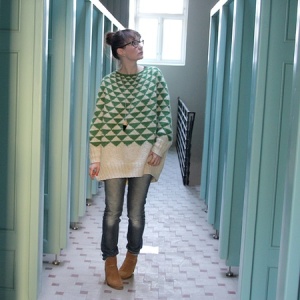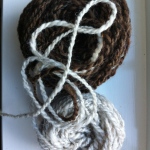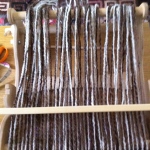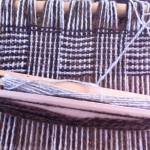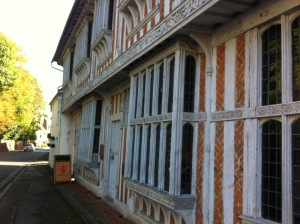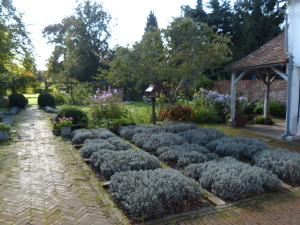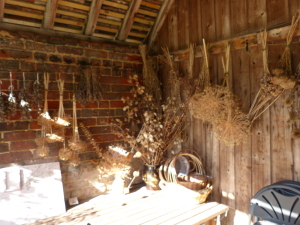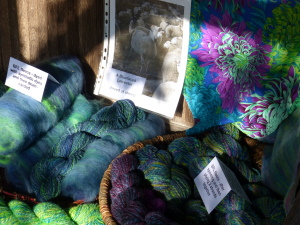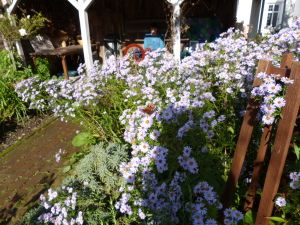Ponchos are everywhere right now. Here in Oregon it’s still warm enough to be poncho weather. I’m sure we will move on to bitterly damp soon enough, but in the meantime I’ve been daydreaming about knitting up a good poncho. Rachel has even said to me, “Sal, there is no good reason for you not to have a poncho.”
So I’ve been looking in my back issues of Vogue Knitting, and on Ravelry, and it’s true, there are a million poncho patterns out there. OR ARE THERE?
When I was a very small child in the 70’s, my mom and I had matching ponchos, that were handwoven! for us by a family friend of my grandmother’s. They were bluish, with mauve-y pink plaid, and I believe mohair because of the general hairy-ness of them. Then my cat got sick on my poncho, and that was the end of that. Cats are the worst.
So your basic vintage poncho is a bias-draped afghan with a hole cut in the center:
Now let’s look at the modern take on this.
Hey modern poncho, I get you. You’re a blanket that’s been folded in half with a neck hole added in. BIAS DRAPING IS SO LAST CENTURY !
But there are also some articles of clothing that are masquerading as ponchos:
Nope. This is a caftan. Note the deep v-neck: this is not a repurposed blanket.
Tres chic! But not a poncho. The button-up front indicates that this is a cape.
Rachel sent me this pattern. I love the geometric detail, but this is the worst offender as far as non-ponchos go: those sleeves someone added in mean this is clearly, NOT A PONCHO. This is unfortunately a very weird dolman sleeved…sweater. I have issues with sleeve fit in knitted garments. Ponchos bypass this by having no sleeves.
I hope this helps.
